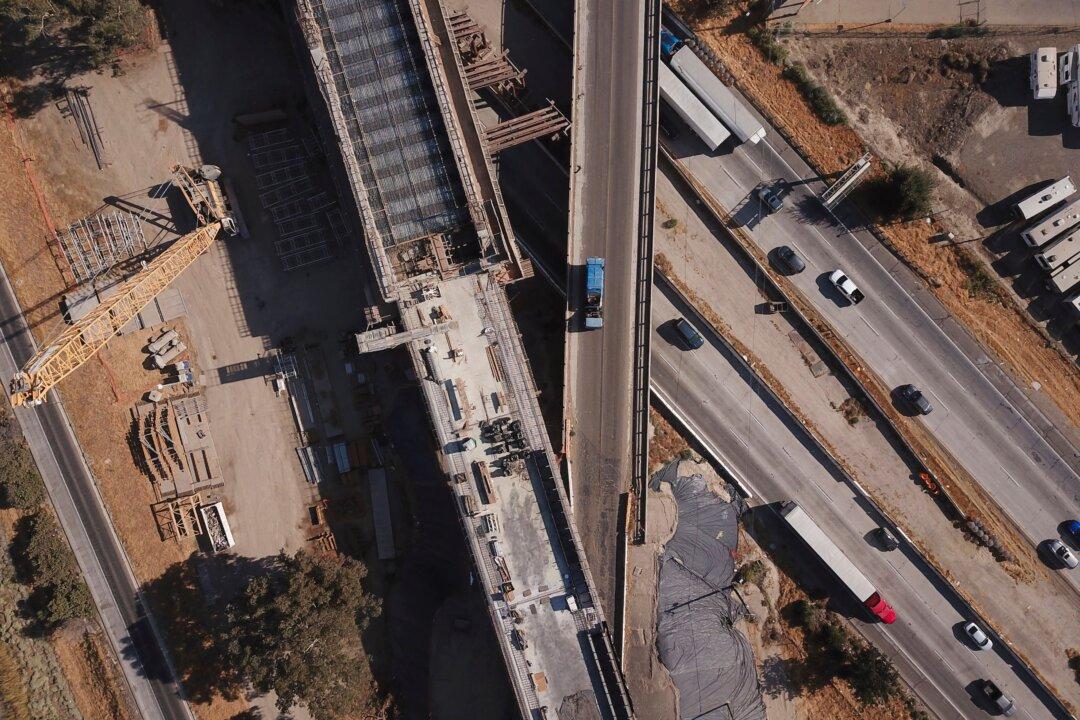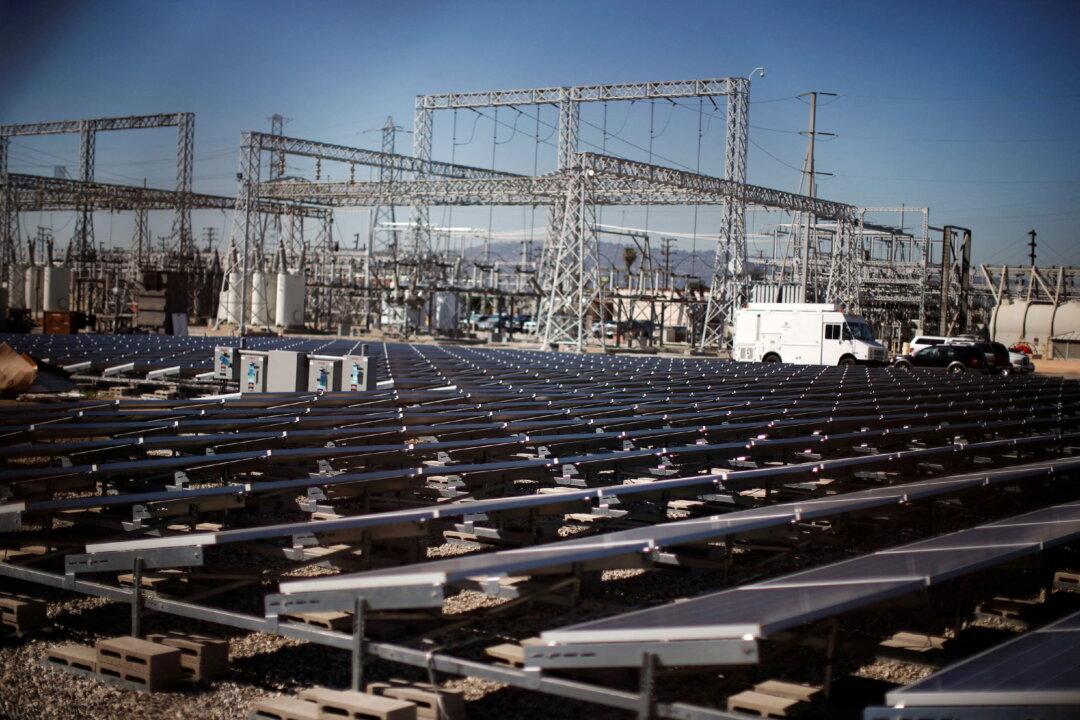Commentary
A recent book takes up why the controversial California High-Speed Rail (HSR) project remains stalled at the station. It’s “How Big Things Get Done: The Surprising Factors That Determine the Fate of Every Project, from Home Renovations to Space Exploration and Everything In Between,” by Bent Flyvbjerg, executive chairman of Oxford Global Projects, and Dan Gardner, journalist.





